Documents of 20th-Century Latin American and Latino Art:
Mari Carmen Ramírez
Special thanks to the MFAH
The Project
Documents of 20th-Century Latin American and Latino Art (ICAA Documents Project)is a long-term archival, editorial, and bibliographic enterprise dedicated to the recovery and publication of thousands of primary source materials fundamental to deepening the appreciation and understanding of Latin American and Latino art. As such, it involves two key components: 1) An open-ended, free, and globally accessible digital archive available on the Web; 2) A complementary book series operating in tandem with the archive that translates and publishes in English selected documents from this digital repository, presenting them within a critical framework that underscores key issues, ideas, and movements.
A basic premise of this immense undertaking led by the International Center for the Arts of the Americas (ICAA) at the Museum of Fine Arts, Houston, is that the most critical obstacle to the long-term consolidation and appreciation of Latin American/Latino art as an autonomous field is the limited accessibility to primary documents that shed light on the arts, artists, culture, history, and politics of the region. This scarcity of resources naturally obstructs the process of training specialists and generating scholarly publications. In many Central and South American countries, the economic and infrastructural challenges experienced by institutional and private archives—together with the absence of efficient professional networks—has seriously hampered access to significant troves of documents. Furthermore, archival initiatives have barely touched Latino communities—primarily Chicano, Cuban American, and Puerto Rican—in the United States. As a result, some of the written production of twentieth-century Latin American and Latino artists, critics, and curators is in jeopardy of being irretrievably lost. While this situation has significantly improved in the last decade, it is still compounded by the substantial lag in the teaching of Latin American art in the United States as compared, for example, to the instruction of European art. Largely because experts in the area are comparably scarce, as are translations and sources in English, this compelling art has sustained, until recently, only a restricted presence in the art history and humanities programs of U.S. colleges and universities. The Documents Project is a far-reaching enterprise that addresses this significant lacuna in the field of Latin American/Latino art history, research, and teaching by providing access within a single, borderless archive to thousands of critical texts.
What this virtual archive attempts to do is to provide the tools and a platform that establish a bridge between academia and the museum. The result is that the ICAA Documents Project Digital Archive can be considered a virtual constellation of pivotal texts that shaped the intellectual foundations of visual arts production in Latin America and the Latino United States in the twentieth century. The project has gathered together and makes available thousands of seminal documents, both well-known and obscure. The tremendous range of materials presented by the digital archive and the book series include: individual artist or group manifestoes; programmatic texts; letters; public debates carried out in newspapers; art reviews; artists’ notes; and excerpts from relevant journals and books. Both the archive and the book series offer access to primary source materials and important texts by art critics, curators, art historians, writers, and philosophers who actively participated in the constitution of specific groups or movements, as well as by other scholars and influential figures whose writings provide insights into issues and ideas central to understanding the many facets of Latin American and Latino art, history, and culture. The majority of these documents qualify as “primary sources,” which, for the purposes of the project, is a designation that reflects that these are non-mediated texts. In other words, these documents have not been significantly revised or interpreted by others—regardless of whether or not they have been previously published; additionally these are texts that have had a seminal impact on the understanding of a particular artist, movement, trend, or period.

In addition to preserving and making available key documents, one of the primary goals of this project is to establish an intellectual bridge between Latin American and Latino artists, critics, and scholars north and south of the Rio Grande. It must be underscored that these artists and writers do not comprise a homogeneous group defined by national, regional, or community borders. Instead, they represent a discontinuous, fragmented ensemble of more than twenty countries, as well as a multiplicity of races, indigenous groups, and migrant communities. Negotiating such differences is perhaps the greatest challenge that U.S. and Latin American cultural institutions—arts funding agencies included—face as they move into the second decade of the twenty-first century. Bringing together the sources for Latin American and Latino art should clarify, in nuanced ways, both the similarities and noteworthy differences between these groups, thus expanding the framework for mutual comprehension and collaboration.
An Open-Ended Archive
What distinguishes the ICAA Documents Project from other initiatives of this nature is that it is an international, team-based effort directed toward identifying, securing, cataloguing, and publishing the documents in both digital and print formats. This carefully planned undertaking involved a staggered, three-year “recovery” phase leading to the selection of documents that make up the digital archive. To achieve and implement its objectives, the ICAA—tirelessly working with partner institutions—organized ten research teams that operated between 2005 and 2011 in sixteen U.S. and Latin American cities. Joining forces with universities, museums, cultural foundations, and independent research centers [see pages TK], the ICAA entrusted the task of assembling the archive to senior and junior researchers with expertise in the art of the countries and communities engaged by the ICAA Documents Project. The teams also included image and data specialists, digital cataloguers, translators, and administrative staff. In order to fulfill the project’s recovery, cataloguing, and editorial guidelines, the teams mined local archives and repositories to identify, scan, summarize, and annotate the documents. The ICAA provided the training and equipment (including computers, digital cameras, and scanners) necessary for the teams to carry out their research and selection. The project’s Editorial Board and Steering Committee oversaw the scope and activities of the efforts of all involved. Indeed, the formation of these teams and their collaborations with one another led to the articulation of an unprecedented North/South professional network of visual arts researchers. In 2008, at the peak of the ICAA Documents Project recovery phase, close to one hundred researchers and visual arts professionals could claim formal affiliation with this endeavor [see pages TK]. Meetings and conferences held in Houston (2004, 2005, and 2006) and Buenos Aires (2007) further stimulated the live exchange between the project’s staff, teams, and affiliates.
More importantly, advances in digital technology allowed the ICAA to overcome critical obstacles—including the notion of the physical possession or “ownership” of the materials, as well as geographic boundaries and potential financial hurdles—that, until recently, hindered researchers’ engagement with archives. In the case of the ICAA Documents Project, the question of ownership was soundly rejected in favor of providing unfettered access to documents. In working to achieve this goal, the ICAA had to ask and address certain important questions, among them: How do we make accessible via the Internet a vast cache of materials related to the visual arts of Latin America without having to remove these documents from their original repositories To what extent is it possible to use technology to serve the larger needs of a global constituency? A specially designed database and website—produced for the project by the São Paulo-based firm Base 7—provides the inter-connective foundation for the project. The prospect of digitally reproducing the original documents in PDF format while allowing users to save, print, or e-mail them not only permitted the ICAA to forego the need to physically own these materials, but it also made it possible for these documents to exist in more than one location at any given time. By adopting the formula of taking a single document and simultaneously making it available to a worldwide audience and then applying this formula to the handling of thousands of documents, the ICAA would be able to successfully meet its commitment to preserving the intellectual legacy of Latin American and Latino art and culture.
No matter how extensive they may be, all archives are fragmentary and selective since they respond to the social, political, cultural, and institutional contexts that shaped them. In the case of the ICAA Documents Project, fragmentation and selectivity were, from the very beginning, essential conditions that drove the conception and execution of the undertaking. Although the virtual nature of this initiative makes it open-ended and potentially infinite, the task of compiling an archive relating to such a vast and heterogeneous field as the visual arts in Latin America and the Latino United States requires an extremely selective, and, one might even say, curatorial approach. From the point of view of content, the project’s Editorial Board—an advisory body comprised of senior art historians and curators from each of the represented countries or communities—designed the project’s editorial framework; made final decisions regarding the inclusion of specific documents into the archive; and determined research and publication priorities. This editorial scaffolding supported the first stage of the recovery and publishing efforts and identified themes and issues that transcend national and geographic borders that the book series in particular could treat in diachronic ways. This type of approach allows for comparative perspectives and a more flexible focus on the art historical phenomena of the region.
The Editorial Board encouraged the project teams to expand their efforts well beyond existing national or local canons into unexplored areas that offer the potential to open up innovative lines of inquiry. Each project team adapted the editorial framework and guidelines to the specific profile and needs of its cultural milieu. Finally, guided by the project’s core values of flexibility, adaptability, and consensus, the teams made adjustments in response to practical issues encountered in the field.
The Book Series
The long-term goal of the ICAA Documents Project is to build an information superstructure that will connect artists and source materials from these various locales, allowing for a more complex picture of the interaction between artists, critics, and curators of the region. This is a turning point if we consider that at present no comparative art history of these movements exists. The Critical Documents of 20th-Century Latin American and Latino Art book series, beginning with this first volume—Resisting Categories: Latin American and/or Latino?—gives further dimension to this superstructure and allows for selected documents to be considered more critically and in thought-provoking ways that will promote ongoing dialogue and scholarship.
By embracing thematic rather than chronological approaches, these books will allow readers to compare how artists from different countries and/or communities approach aesthetics, social and political issues, and cultural tendencies. This open-ended framework of readings will serve the teaching and research needs of the academic and professional communities in the United States, Europe, and Latin America, essentially eliminating or questioning boundaries and rethinking the current map of what is considered Latin American/Latino art. That is, a map with unprecedented protagonists, routes, intersections, and junctures that will lead the way toward the understanding of the visual production of the area; or, in dialectical terms, a map offering recognition beyond both the region and what is regional.
The book series and the digital archive have been designed to ensure that the ICAA Documents Project never functions merely as a passive repository. The initiative seeks, instead, to establish a dynamic relationship with its users, many of whom will over the years ahead undoubtedly contribute to the contents of the archive, while actively pursuing new lines of thought by consulting this ever growing and changing cache of documents.
Somewhat utopian in scope, the ICAA Documents Project is a work-in-progress that can only scratch the surface of a vast field of artistic production. It is our hope that the archive’s many potential constituencies—from students to scholars to artists, museum curators, and art collectors—will perpetually breathe new life into these writings by considering them again and again, while in the process raising questions, revisiting dialogues, and creating new ones, all in an effort to better grasp the movable construct of Latin American and Latino art, as well as its broader cultural histories and global implications.
Mari Carmen Ramírez. Wortham Curator of Latin American Art and Director International Center for the Arts of the Americas, Museum of Fine Arts, Houston
Posted: June 8, 2012 at 11:16 pm


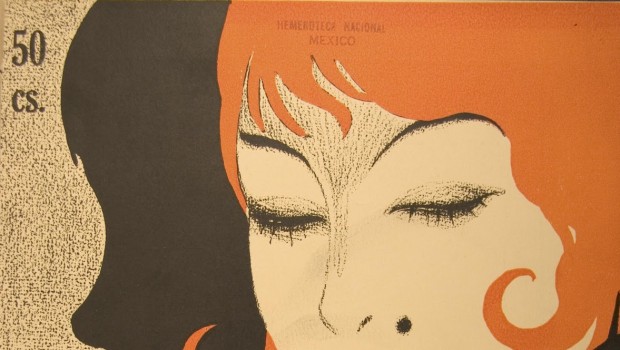
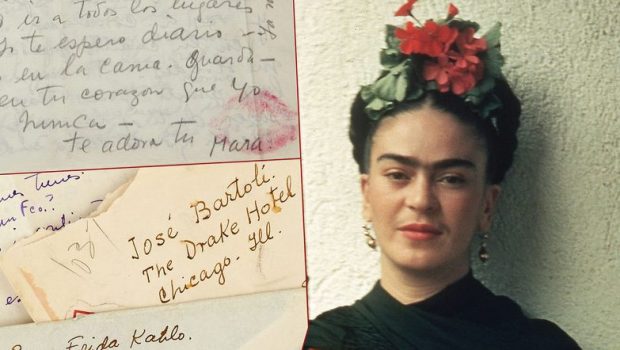
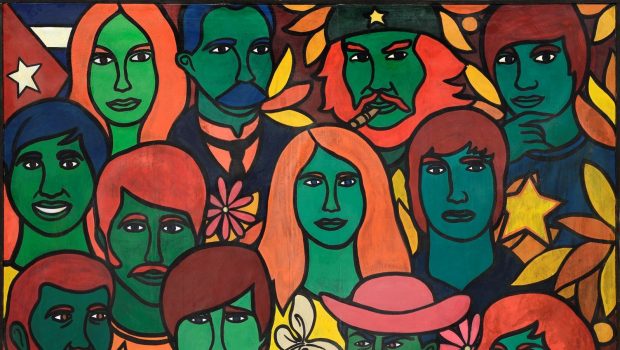
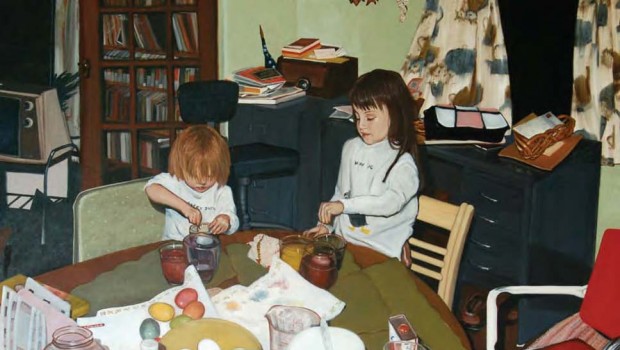

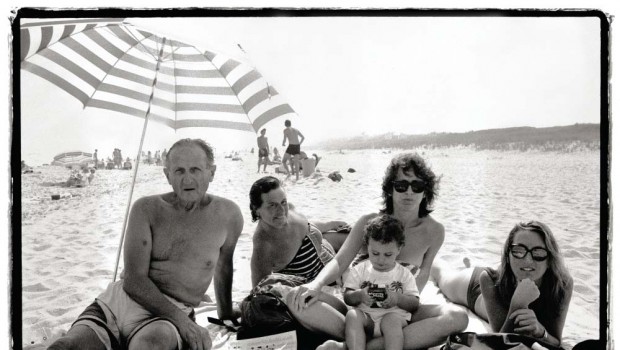
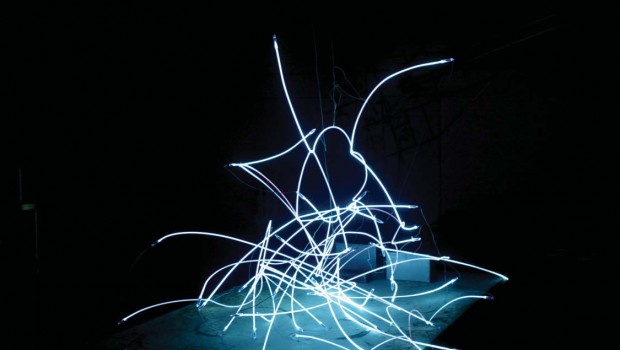
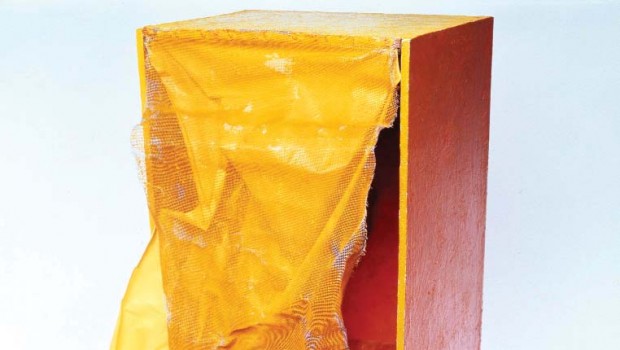
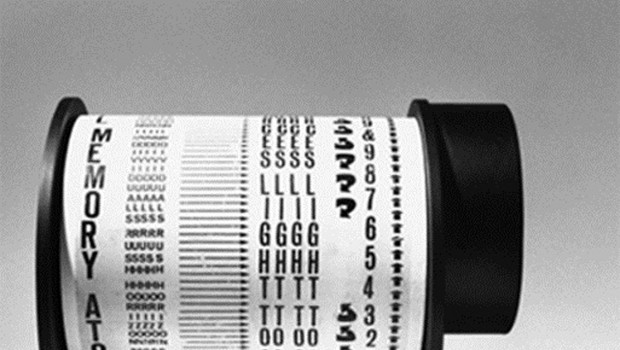
They then measure and mark the glass for the cut.